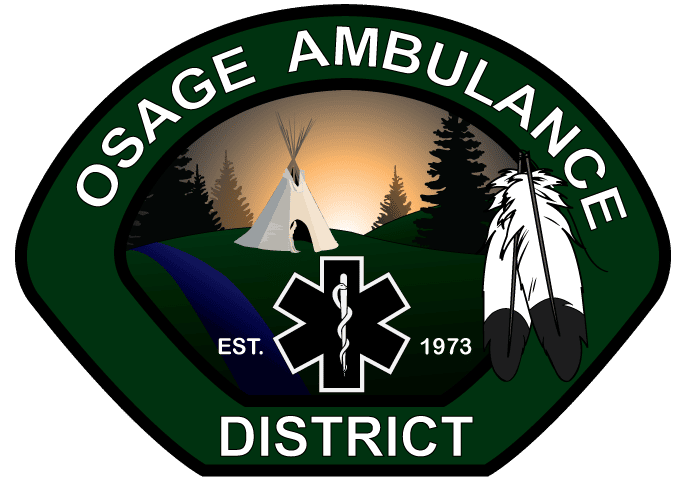Hurricane Florence
Date of Deployment: September 11, 2018
Hurricane Florence was a powerful and long-lived Cape Verde hurricane that caused catastrophic damage in the Carolinas in September 2018, primarily as a result of freshwater flooding due to torrential rain. The sixth named storm, third hurricane, and the first major hurricane of the 2018 Atlantic hurricane season, Florence originated from a strong tropical wave that emerged off the west coast of Africa on August 30, 2018. The wave steadily organized, and strengthened into a tropical depression on the next day near Cape Verde. Progressing along a steady west-northwest trajectory, the system gradually strengthened, acquiring tropical storm strength on September 1. An unexpected bout of rapid intensification ensued on September 4–5, culminating with Florence becoming a Category 4 major hurricane on the Saffir–Simpson scale (SSHWS), with estimated maximum sustained winds of 130 mph (215 km/h). Strong wind shear then led to rapid weakening, and Florence weakened to tropical storm strength on September 7. Shifting steering currents led to a westward turn into a more suitable environment; as a result, Florence reintensified to hurricane strength on September 9 and major hurricane status by the following day. Florence reached peak intensity on September 11, with 1-minute winds of 150 mph (240 km/h) and a minimum central pressure of 937 mbar (27.7 inHg). An unexpected eyewall replacement cycle and decreasing oceanic heat content caused a steady weakening trend; however, the storm grew in size at the same time. Early on September 14, Florence made landfall in the United States just south of Wrightsville Beach, North Carolina as a Category 1 hurricane, and weakened further as it slowly moved inland under the influence of weak steering currents. Florence degenerated into a post-tropical cyclone over West Virginia on September 17 and was absorbed by another frontal storm two days later.
Early in the storm’s history, the system brought squalls to the Cape Verde islands, resulting in minor landslides and flooding; however, overall effects remained negligible. With the threat of a major impact in the Southeastern and Mid-Atlantic United States becoming evident by September 7, the governors of North Carolina, South Carolina, Virginia, Georgia, and Maryland, and the mayor of Washington, D.C. declared a state of emergency. On September 10 and 11, the states of North Carolina, South Carolina, and Virginia issued mandatory evacuation orders for some of their coastal communities, predicting that emergency personnel would be unable to reach people there once the storm arrived. Though Florence made landfall as a greatly weakened Category 1 hurricane, winds associated with the tropical cyclone were strong enough to uproot trees and power lines, causing extensive power outages across the Carolinas. Furthermore, due to the slow motion of the storm, heavy rain fell throughout the Carolinas for several days. Coupled with a powerful storm surge, the rainfall caused widespread flooding along a long stretch of the North Carolina coast, from New Bern to Wilmington. Inland flooding from Florence inundated cities such as Fayetteville, Smithfield, Lumberton, Durham, and Chapel Hill. Most major roads and highways in the area experienced flooding, with large stretches of I-40, I-95, and US Route 70 remaining impassable for days after the storm’s passage. Wilmington was cut off entirely from the rest of the mainland by the flooding. The storm also spawned tornadoes in several places along its path, including an EF2 tornado that killed one person in Virginia. Many places received record-breaking rainfall, with Florence setting maximum rainfall records from a tropical cyclone in both of the Carolinas. Overall, the storm caused $24.23 billion in damage, mostly in the Carolinas, and 54 deaths.

